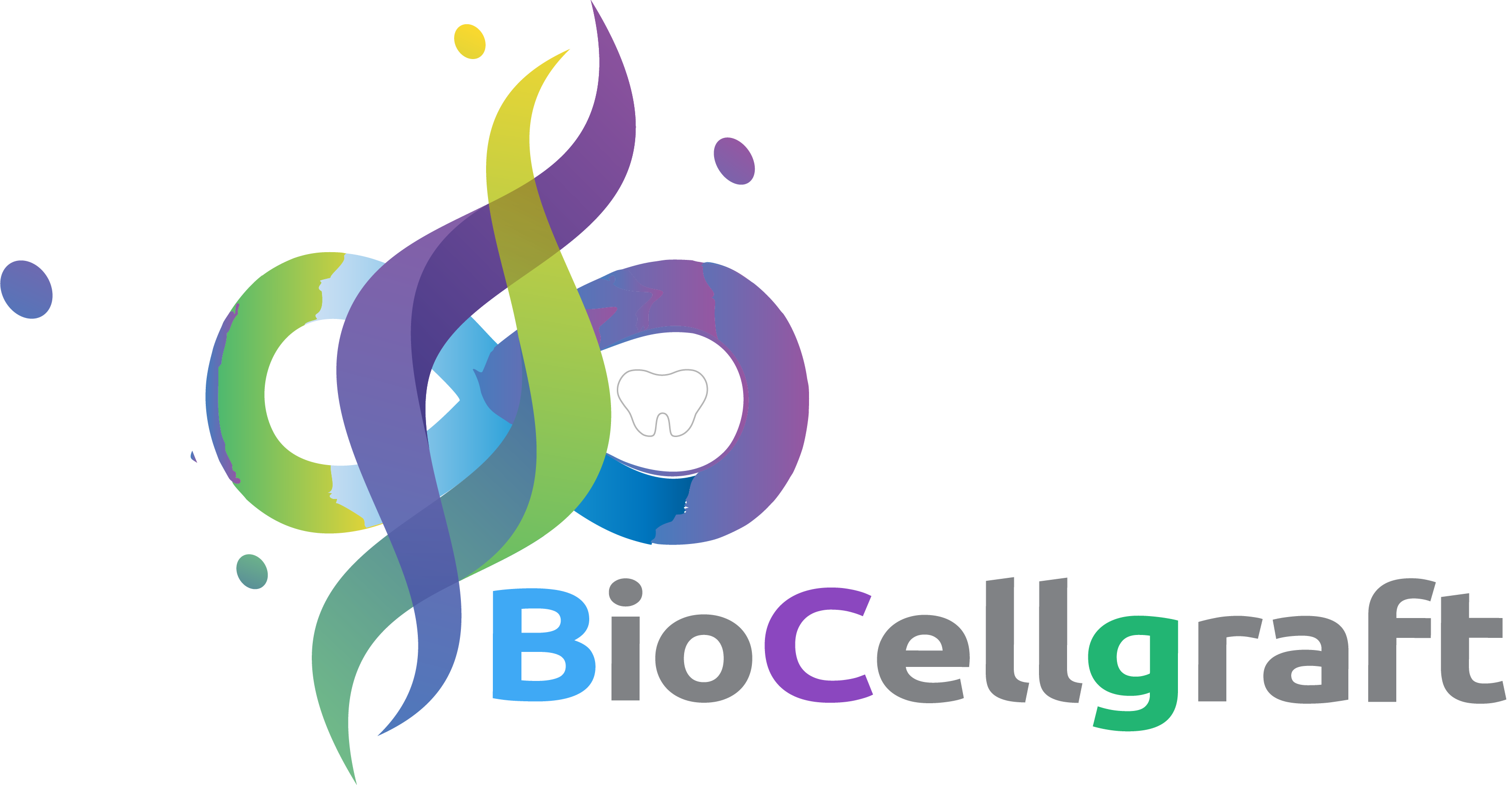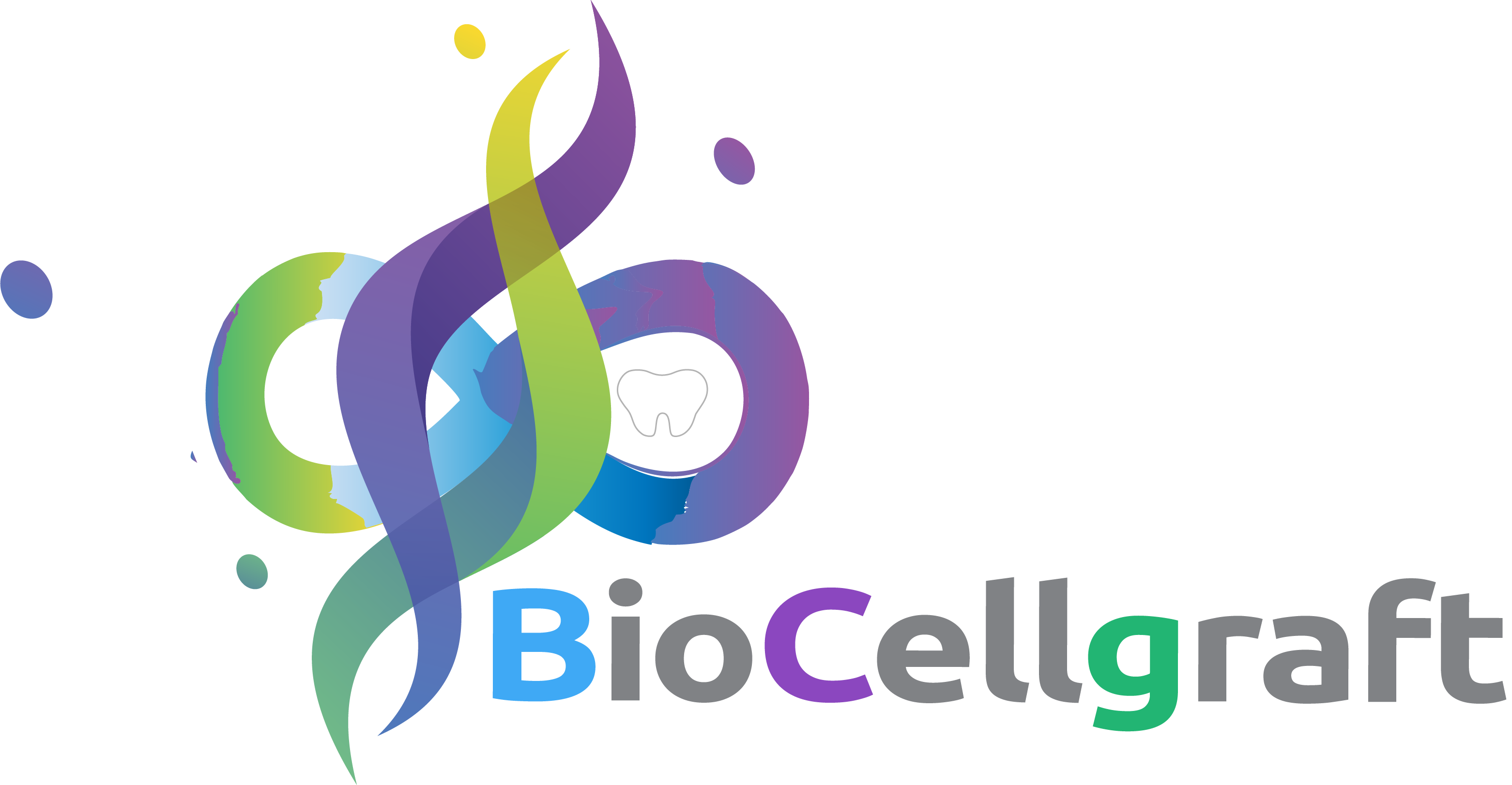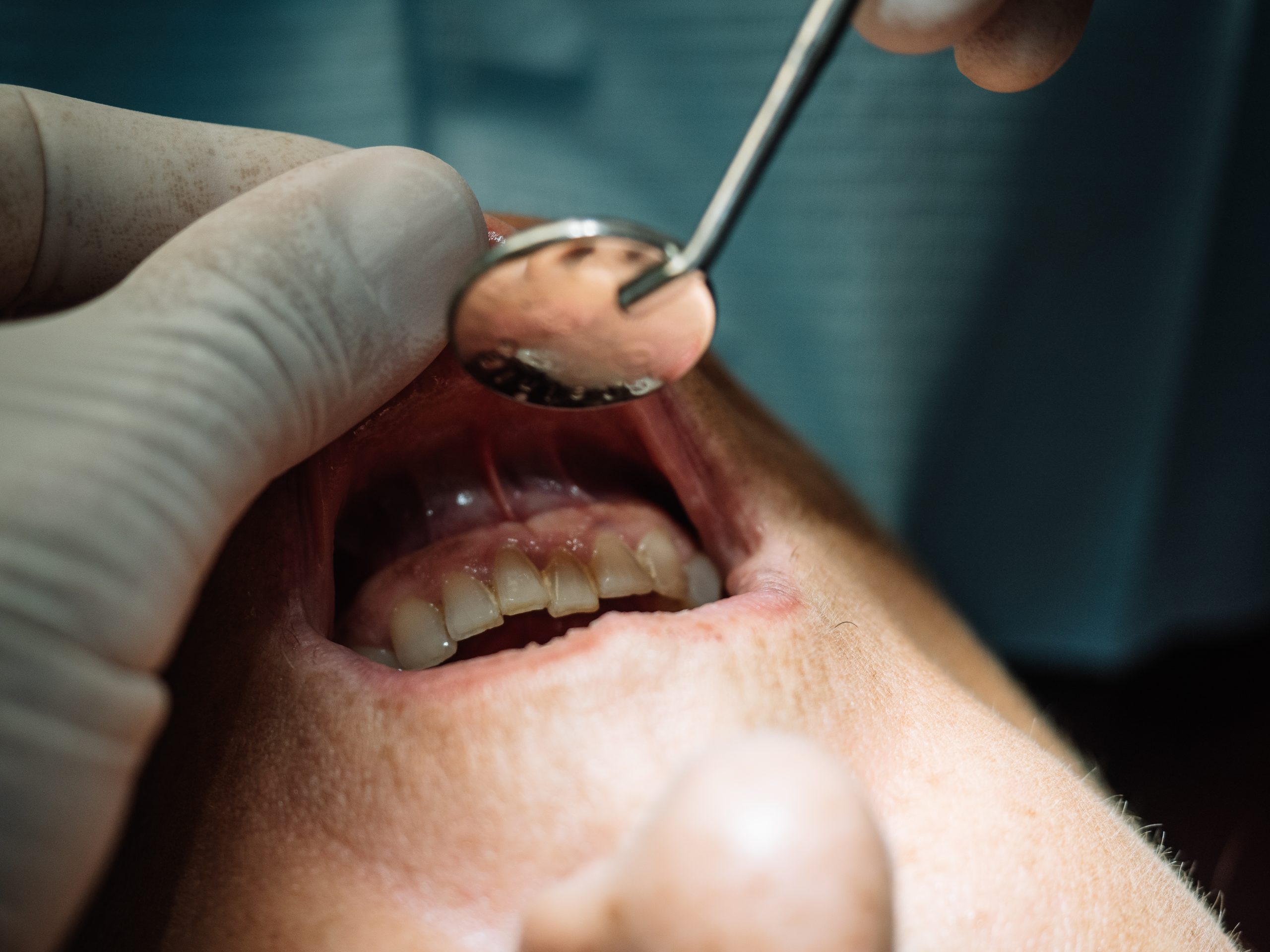Introduction
Gingival recession, particularly in the mandibular incisors, is common among adult patients with a thin gingival phenotype following extensive lingual tooth movement. A systematic review suggests that pre-orthodontic soft tissue augmentation may effectively reduce gingival recession. However, the existing studies provide low-to-moderate evidence. This study aims to evaluate the efficacy of soft tissue augmentation before orthodontic treatment in preventing gingival recession.
Method and Analysis
This single-center, single-blind, randomized controlled trial was initiated in December 2021 and is expected to conclude in December 2025. Patients with mild crowding in the lower arch and a thin gingival phenotype were randomly assigned to either group A (soft tissue augmentation prior to orthodontic treatment) or group B (orthodontic treatment only) in a 1:1 ratio. A total of 48 patients (24 in each group) were enrolled. The primary endpoint is the mean change in gingival margin recession. Secondary endpoints include probing depth, gingival phenotype, root coverage frequency, gingival thickness, width of keratinized gingiva, clinical attachment level, gingival recession class, full-mouth plaque score, alveolar bone thickness, and lower incisor inclination.
Strengths and Limitations
This is the first randomized controlled trial to assess the efficacy of soft tissue augmentation in preventing gingival recession prior to orthodontic treatment in patients with a thin gingival phenotype. The follow-up period aligns with orthodontic visits to minimize loss to follow-up. However, the intervention’s blinding is limited, and the study’s generalizability is restricted to Chinese patients.
Introduction
Gingival recession, characterized by the apical displacement of the gingival margin to the cementoenamel junction, can lead to root exposure, tooth sensitivity, root caries, and aesthetic issues. Factors contributing to gingival recession include oral hygiene, congenital phenotype, alveolar bone characteristics, and orthodontic tooth movement. Patients with a thin biotype are more susceptible to gingival recession, exacerbated by alveolar bone deficiencies such as dehiscence and fenestration. Excessive incisor proclination during orthodontic treatment can move teeth out of the alveolar bone housing, causing partial dehiscence and subsequent recession, particularly in the mandibular incisors.
An increasing number of adult patients require orthodontic treatment for lip protrusion, often involving tooth extraction and lingual movement of the incisors, which can result in significant gingival recession in patients with a thin phenotype. Soft tissue augmentation, especially the tunnel technique (TUN), is a common preventive measure against gingival recession. However, randomized controlled trials are needed to clarify its efficacy and optimal timing.
This study aims to determine whether soft tissue augmentation before orthodontic treatment can effectively prevent gingival recession in patients with mild crowding and a thin gingival type.
Methods and Analysis
This randomized controlled trial, initiated in December 2021, involves a single-center, single-blind, double-armed parallel group comparison. Eligible patients are randomly assigned to either pre-orthodontic soft tissue augmentation or orthodontic treatment alone. The primary outcome measure is the mean change in gingival margin recession, with secondary measures including probing depth, gingival phenotype, root coverage frequency, gingival thickness, width of keratinized gingiva, clinical attachment level, gingival recession class, full-mouth plaque score, alveolar bone thickness, and lower incisor inclination.
Ethics and Dissemination
The study protocol, approved by the Ethical Committee of the Shanghai Stomatological Hospital, adheres to the Declaration of Helsinki and relevant Chinese regulations. Informed consent was obtained from all participants. Study results will be disseminated through journal publications.
Conclusion
This study aims to provide robust evidence on the effectiveness of soft tissue augmentation in preventing gingival recession among orthodontic patients with thin gingival phenotypes. The findings could guide clinical practices and improve patient outcomes.
OraFyl Solution
OraFyl, one of BioCellGraft’s flagship products provides a reliable and effective solution for soft tissue augmentation. OraFyl’s unique formulation enhances gingival thickness and promotes tissue regeneration, making it an ideal choice for pre-orthodontic soft tissue augmentation. By using OraFyl, clinicians can better manage gingival recession risks and improve overall treatment outcomes for patients with thin gingival phenotypes. OraFyl’s efficacy in supporting tissue health and its ease of application contribute to its effectiveness in clinical settings, reinforcing BioCellGraft’s commitment to innovative and patient-centric oral health solutions.
BioCellGraft is dedicated to advancing oral regenerative medicine through innovative solutions for tissue augmentation and regeneration. Our cutting-edge products, developed from extensive research and clinical trials, are designed to support clinicians in achieving superior patient outcomes. This study exemplifies our commitment to improving dental health and quality of life through scientific excellence and clinical expertise.



